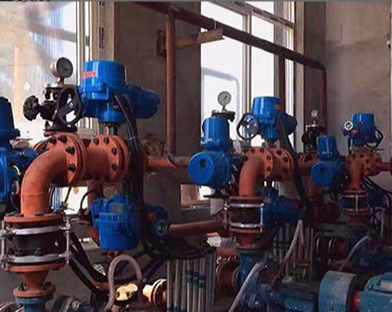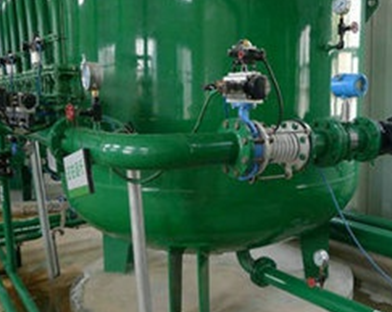The difference between electric valve and pneumatic valve
Compared with the pneumatic valve, the electric valve has a simple structure and reliable operation, and its power source (power source or air source) is easy to solve for the remote operating point.The disadvantage is that the price is higher, and the explosion-proof requirements are also higher.When selecting, comprehensive consideration should be given to factors such as the availability, price and control requirements of the power source.The selection of the valve generally first confirm the valve material, valve diameter, medium type, pipeline pressure, connection method, control method, medium temperature and other parameters.

Electric valve selection:
When the control mode of electric valve electric actuator is generally divided into on-off type and regulating type), in addition to the basic valve body diameter, pressure, material and other requirements, the following parameters should also be provided:
1.Power parameters (including voltage, number of phases and frequency);
2.Running time and form of electric actuator;
3.Whether explosion-proof and explosion-proof grade are required;
4.Atmospheric protection level;
5.Overload protection requirements, such as over-travel protection, over-torque protection, etc.;
6.Local operation requirements, such as whether to bring a local operation handwheel;
7.Operation instruction requirements.

Pneumatic valve selection:
When selecting pneumatic valves and pneumatic actuators, the operating principle can be divided into single-acting and double-acting), in addition to determining the specific parameters of the valve body diameter, pressure, material, etc., the following parameters should also be provided:
1.Air source parameters (including air source pressure range, whether to bring your own gas storage tank, etc.) 2.Running time and form of pneumatic actuator
3.Whether explosion-proof and explosion-proof grade are required;
4.Atmospheric protection level;
5.Overload protection requirements, such as over-travel protection, over-torque protection, etc.;
6.Local operation requirements, such as whether to bring a local operation handwheel;
7.Operation instruction requirements.
 简体中文
简体中文 Русский
Русский Español
Español Bundor - Butterfly, Gate, Check, Ball, Globe Valve Manufacturer, Supplier & Distributor
Bundor - Butterfly, Gate, Check, Ball, Globe Valve Manufacturer, Supplier & Distributor
